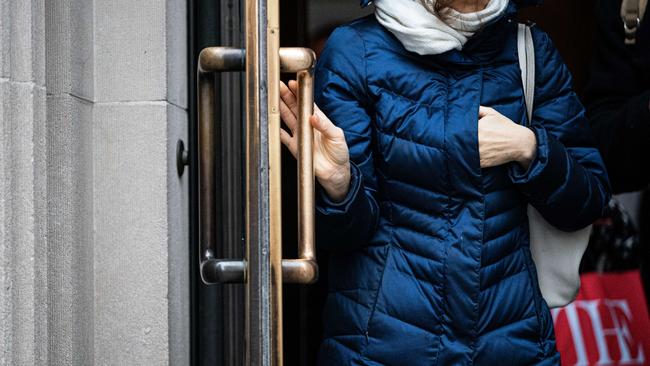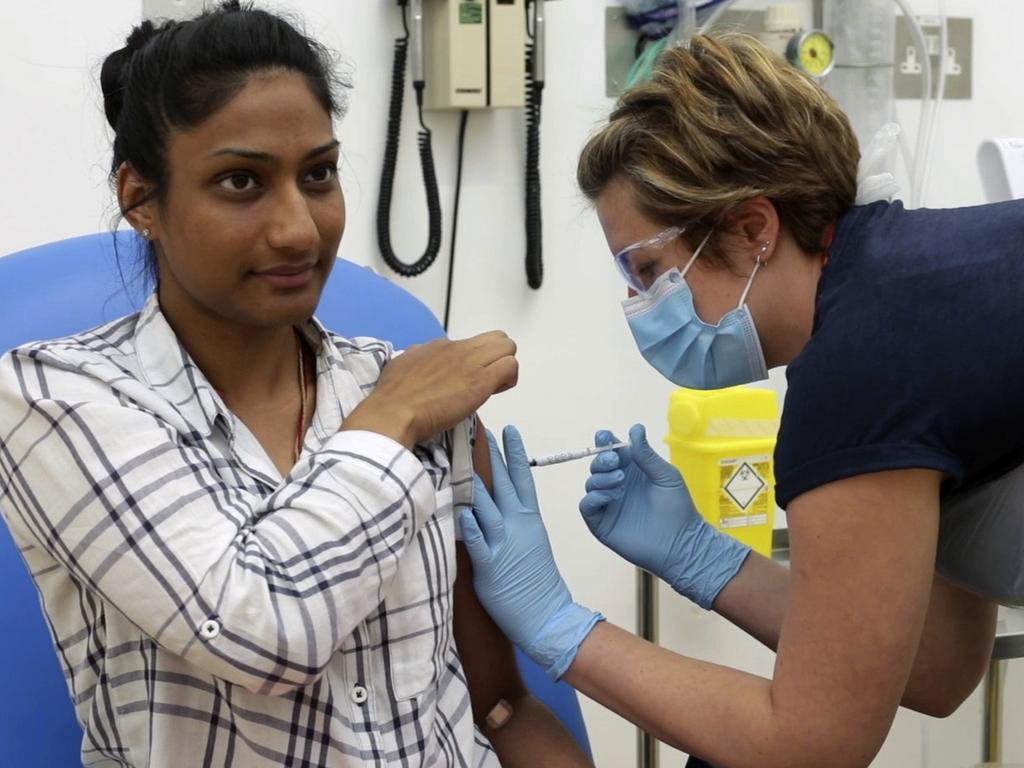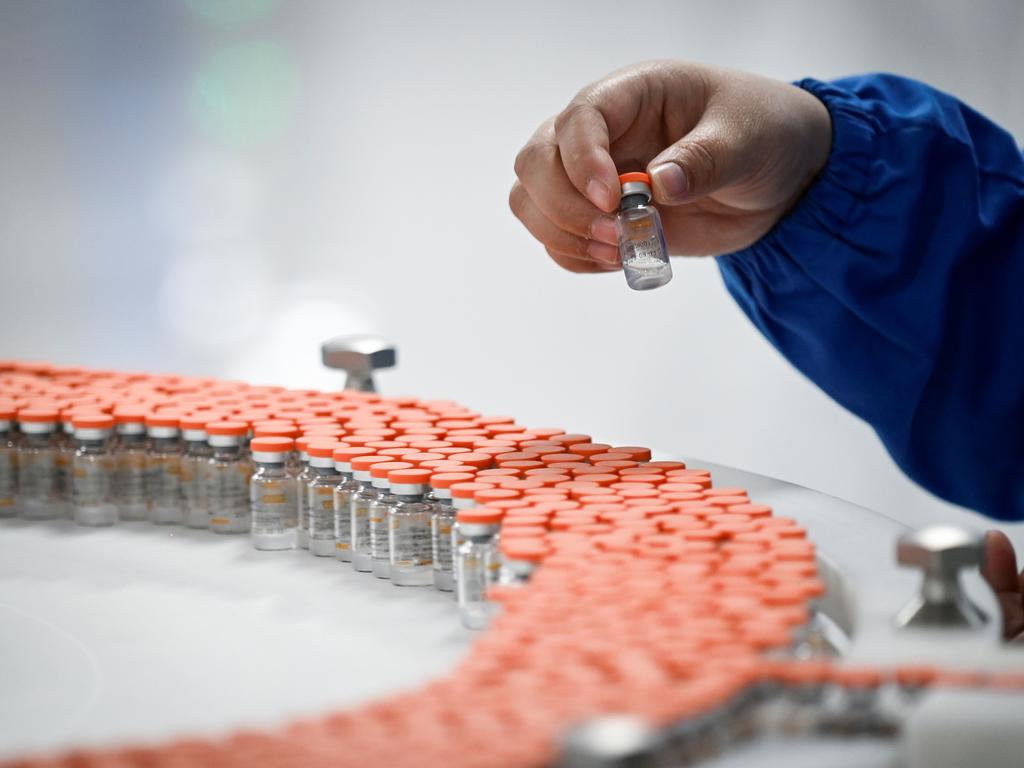New research finds risk of catching COVID through inanimate surfaces is ‘very small’
One of the most frightening things the world thought it knew about the virus is turning out to be not very scary at all.

The surprises keep on coming in the fight against the coronavirus. One of the most frightening things the world thought it knew about COVID-19 is turning out to be not very scary at all. New research into the infectious potential of contaminated surfaces has forced a downgrading of early concerns that people might fall ill by touching a door knob or a light switch. “The surface issue has essentially gone away,” a leading American specialist in infectious diseases declared.
Monica Gandhi, a professor of medicine at the University of California, San Francisco, told the US science website Nautilus that there had been “a lot of fear” at the beginning of the pandemic about transmission of the virus if people touched their faces after contact with metal, plastic or other contaminated surfaces, collectively known to scientists as fomites.
Yet the evidence suggests that the virus on most surfaces is not strong enough to make people ill. “It’s not through surfaces,” she added. “It’s from being close to someone spewing virus from their nose and mouth, without in most cases knowing they are doing so.”
Her remarks followed recent research by Emanuel Goldman, a US microbiologist, who examined several well-publicised laboratory studies that had found traces of the coronavirus lingering on surfaces for hours and in some cases for days.
Hospitals, corporations and public agencies have collectively spent billions of dollars on “deep cleaning” decontamination routines that are estimated to have cost the hotel industry alone at least $13 billion.
Yet Goldman concluded that tests in laboratories bore “little resemblance to real-life scenarios”. He found that the traces involved were not “viably” infectious and described the risk of transmission through inanimate surfaces as “very small”.
In a comment to The Lancet, Italian researchers reported that their attempts to grow the virus from samples recovered from surfaces in a coronavirus hospital ward in Pavia, northern Italy, had proved unsuccessful. “Our findings ... would support Goldman’s point that the transmission through inanimate surfaces is less frequent than hitherto recognised,” the researchers concluded.
Most doctors still recommend regular handwashing as a sensible precaution, but it may no longer be necessary to sing Happy Birthday twice, as the World Health Organisation originally recommended.
WHY ARE YOUNG WOMEN TARGETS NOW?
The disease that ravaged care homes and turned the elderly into hermits for much of the spring has taken aim at different targets this autumn. Public Health England’s most recent statistics show that the 20-29 age group has had the most new cases since the end of June, followed closely by the 30-39 age group. In both those groups, more women are being infected than men.
In a significant reversal of the trend earlier this year, the number of women admitted to hospital aged 20-40 has been increasing faster than for men in that age range. It was a symbol of the shifting menace of the virus that the health crisis enveloping the White House appears to have begun after Hope Hicks, 31, one of Donald Trump’s top advisers, tested positive last week.

The elderly remain overwhelmingly the most vulnerable to serious disease and risk of death, and there have long been concerns about the virus’s disproportionate impact on black and minority ethnic Britons from underprivileged backgrounds. But scientists are not yet sure why younger women are increasingly at risk.
IS IT ALL ABOUT YOUNG PEOPLE PARTYING?
Many experts believe that whatever the economic benefits of reopening restaurants and other social venues and encouraging summer holidays abroad, the resulting surge in social activity has had troubling effects on the transmission of the virus.
“This all fits a picture that, on average, younger, wealthier, white people had more social contacts over the summer,” said Dr Daniel Lawson, a senior lecturer in statistical science at Bristol University.
The latest government survey period “included the relaxation of restrictions in pubs and restaurants ... the take-home message is that total numbers of social contacts still need to be limited to control the virus”.

Women have long been known to have immune systems that are more effective than men’s at fighting disease, but the role of gender differences in responses to the coronavirus is still being studied.
Several explanations of varying scientific value have been advanced, from women being more likely to work in crowded indoor locations such as hospitals and restaurants, to younger women tending to socialise and holiday together on a wider scale than men.
Angela Merkel, Germany’s chancellor, has blamed a recent surge in outbreaks on “private parties”, and other reports have attributed rising infection rates elsewhere in Europe to a loosening of social distancing restraints encouraged by alcohol-fuelled outings. Having spent much of the summer urging Britons to “eat out to help out”, the government has since imposed a 10pm curfew, which some experts believe will merely make people drink faster and earlier - “leading to more disinhibition and thereby less distancing”, said Professor Susan Michie of University College London.
WHAT ELSE DON’T WE KNOW?
Only recently have we begun to realise that infection and transmission are just part of the coronavirus challenge. The phenomenon of “long Covid” - illness that will not go away - is believed to be affecting hundreds of thousands of Britons dubbed the “forgotten victims” of the pandemic. Ayesha Sodha, a 36-year-old businesswoman from Edinburgh, used to pole-dance for exercise, but, six months after she contracted the virus, she is still suffering insomnia, fatigue, headaches, brain fog, muscle pain and sensitivity to light. “We don’t know if there really is an end in sight,” Sodha said.
The biggest unknown of all remains the effectiveness of any vaccine. There may be a jab ready by the end of the year, but how long will it take to reach us and how long will it protect us? If the virus has taught us anything, it is that more surprises are in store.
The Times







To join the conversation, please log in. Don't have an account? Register
Join the conversation, you are commenting as Logout